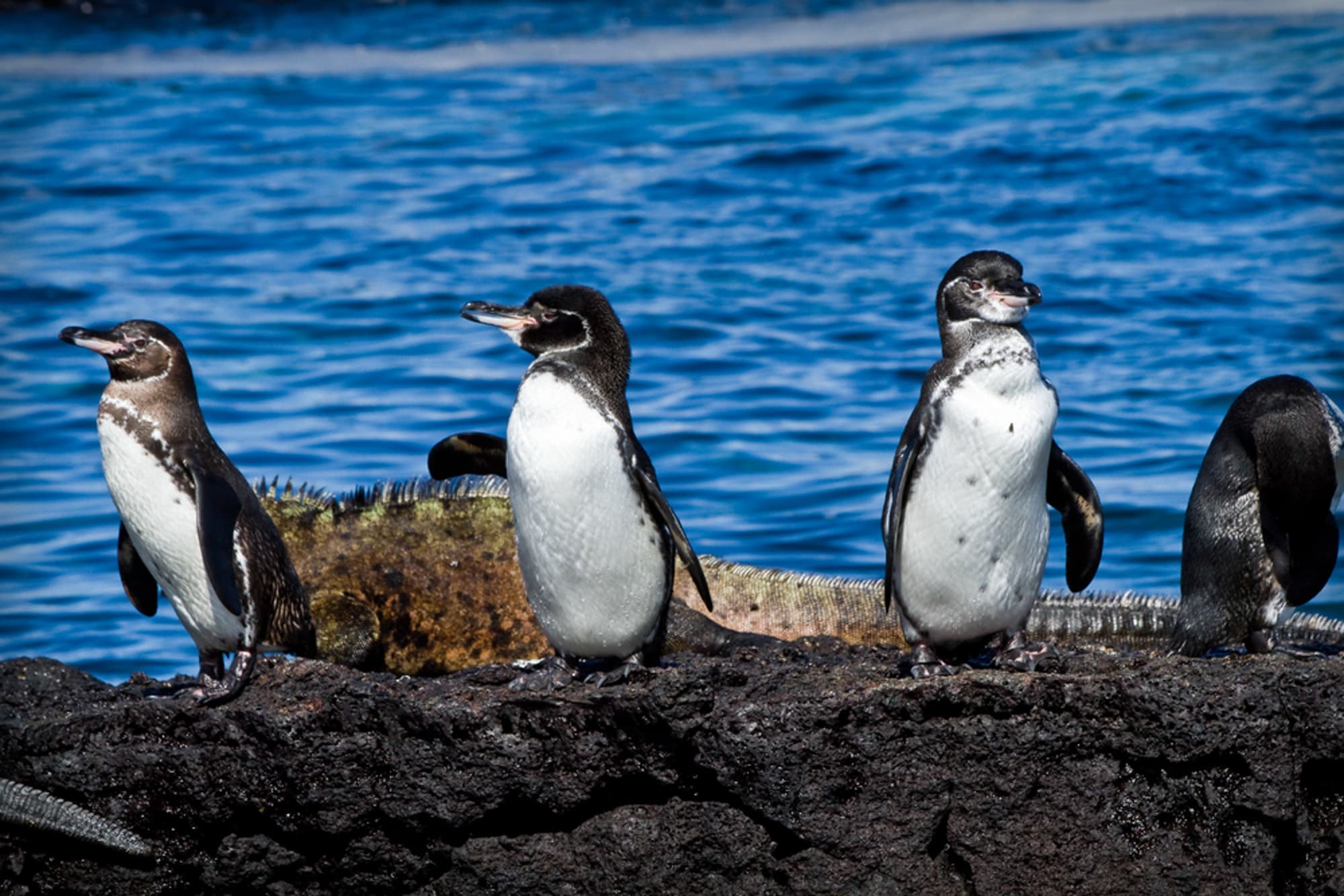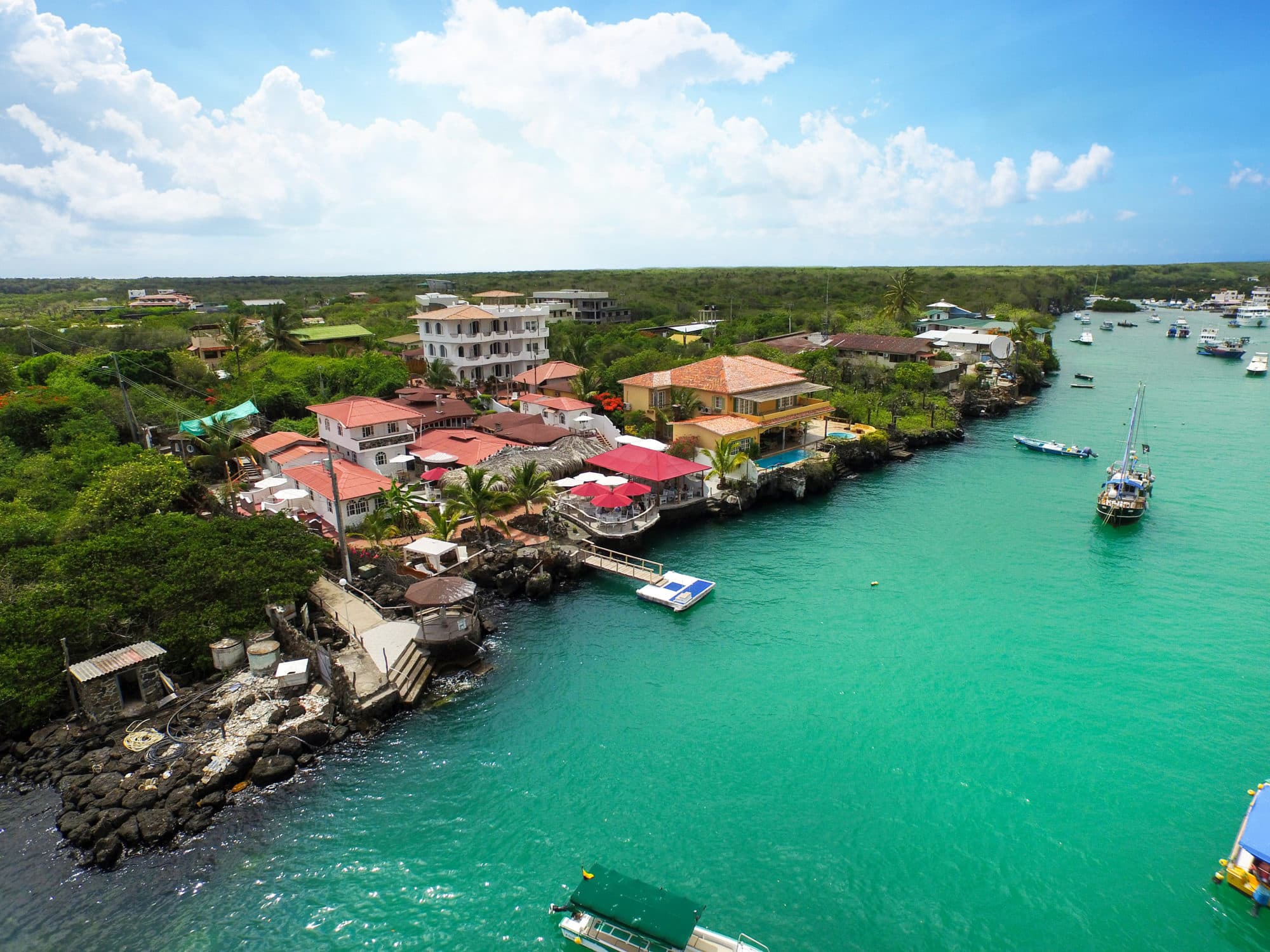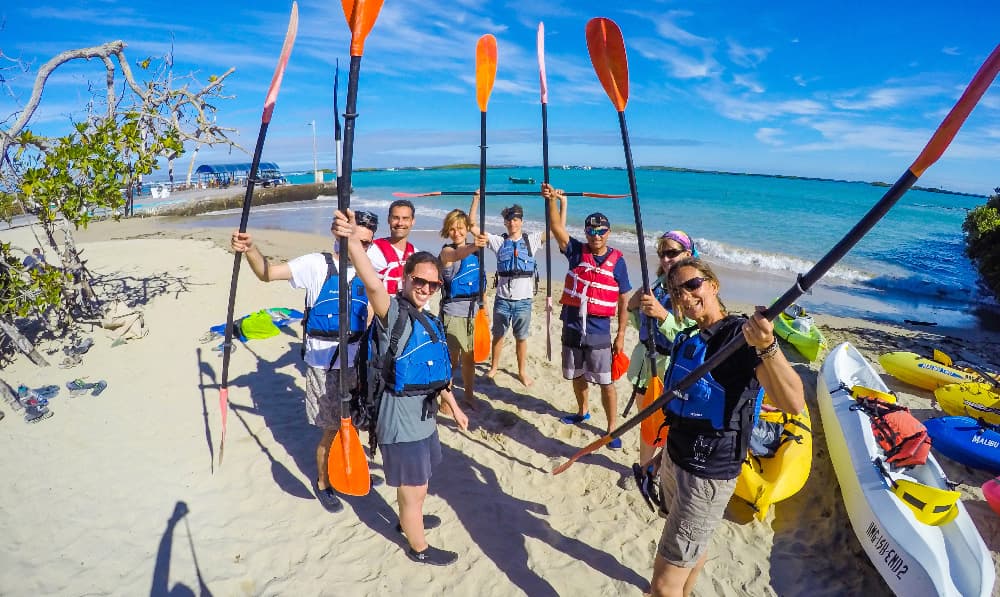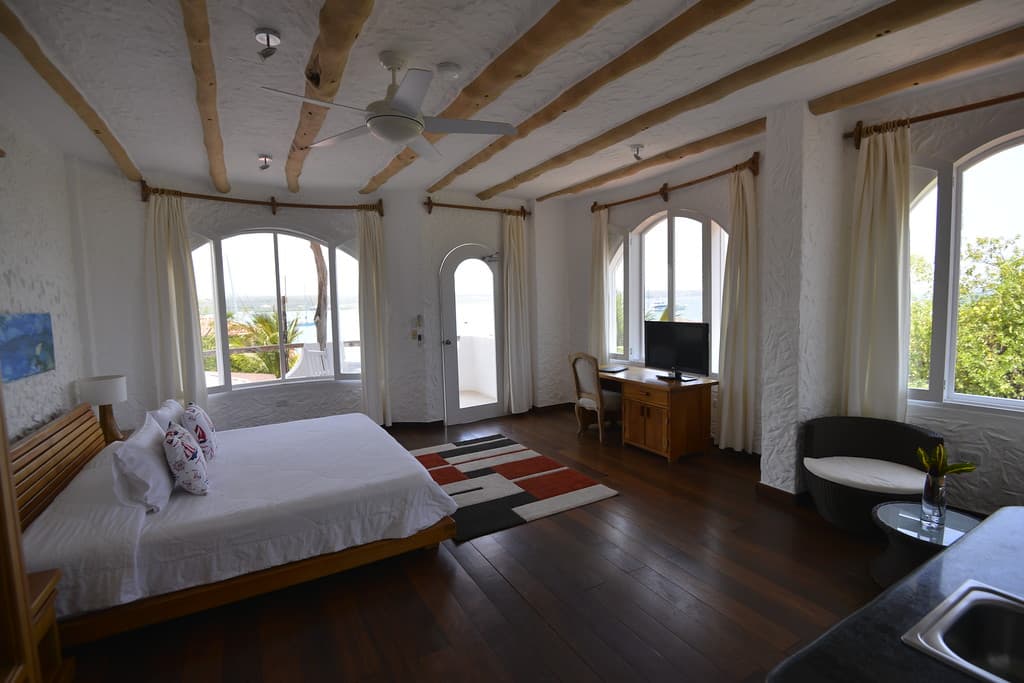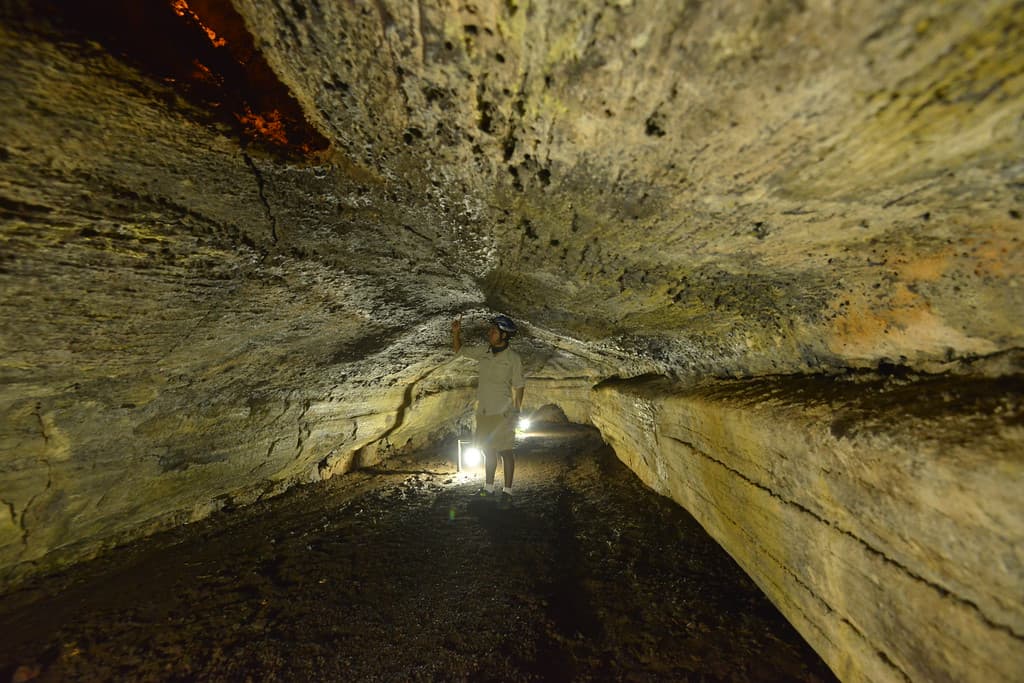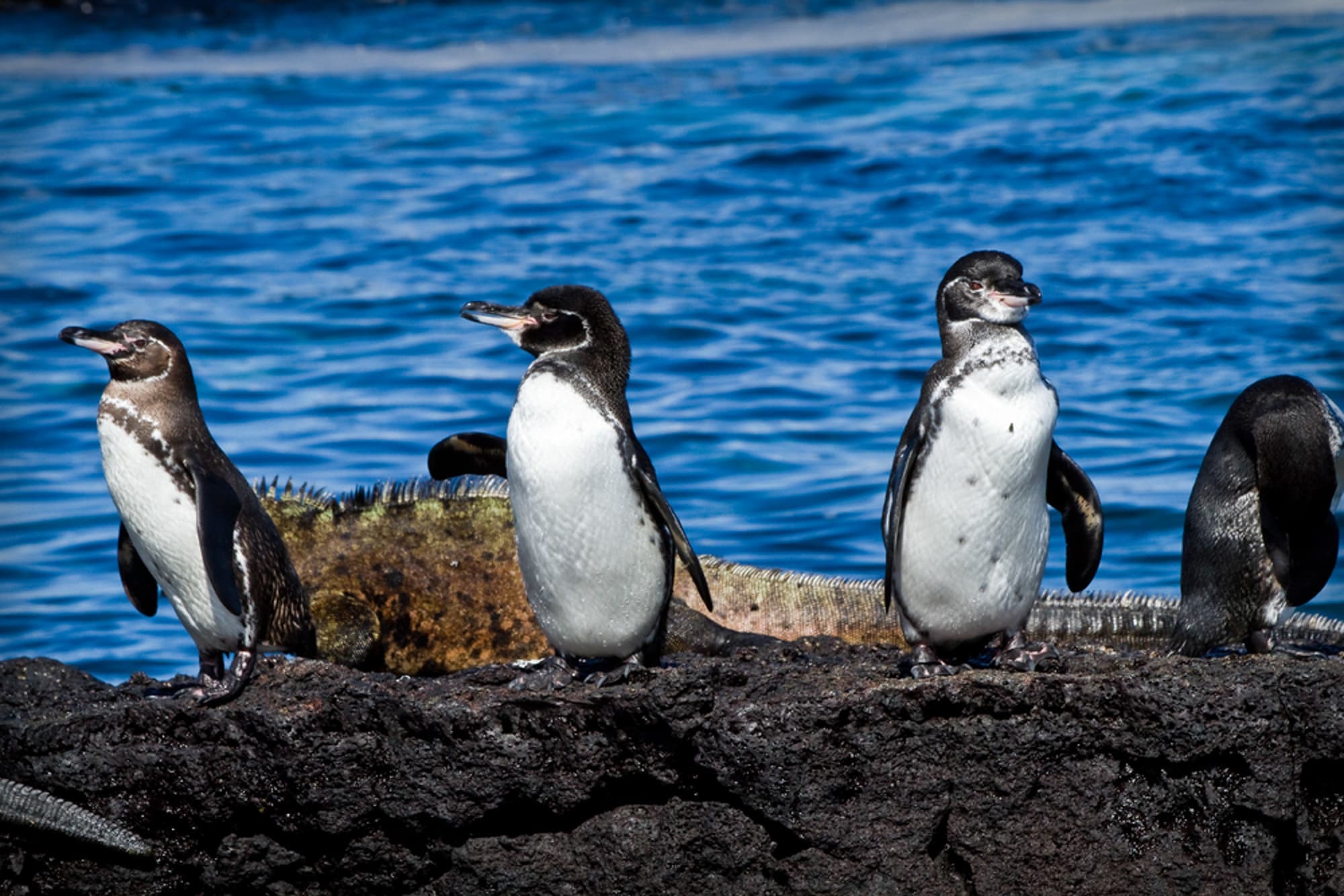

Galapagos Multisport Adventure
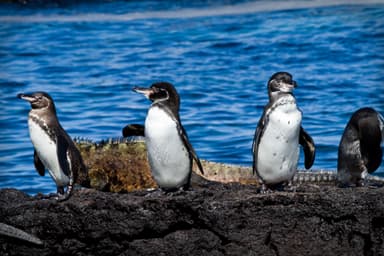
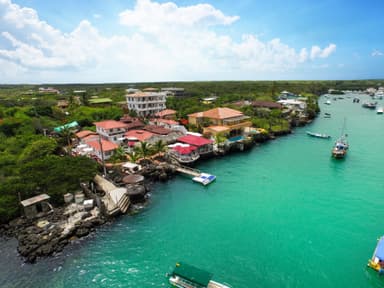
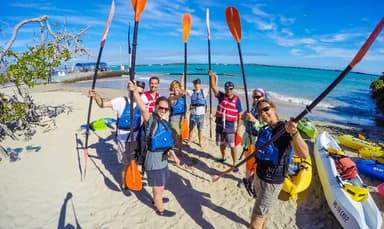
This trip is completely customizable
Customize your trip from accommodations to gear to suit your tastes. Begin by creating or adding to a voyage. We're here to help.

Adventure Journeys
Discover the Galapagos Islands through an active land tour that takes in the most extraordinary aspects of this world-class naturalist heaven. Experience incredible close encounters with sea lions, iguanas, giant tortoises, boobies, rays, and a myriad of tropical fish, as you kayak, mountain bike, trek or snorkel. Learn from top adventure and naturalist guides who will immerse you in the realm of natural history and evolution.
Highlights of this tour include a stop at a hummingbirds sanctuary in the heart of the cloud forest, where you can look for a hummingbird with a beak two times larger than its body (sword-billed hummingbird); and snorkeling through lava formations with sea turtles, penguins, sea horses, sea lions and sharks at Lava Tunnels. This is a socially and environmentally responsible 10-day tour, carefully curated by Adventure Journeys, that provides many benefits to local island communities.

Suggested Itinerary
Arrive in Quito
Moments that define this adventure
